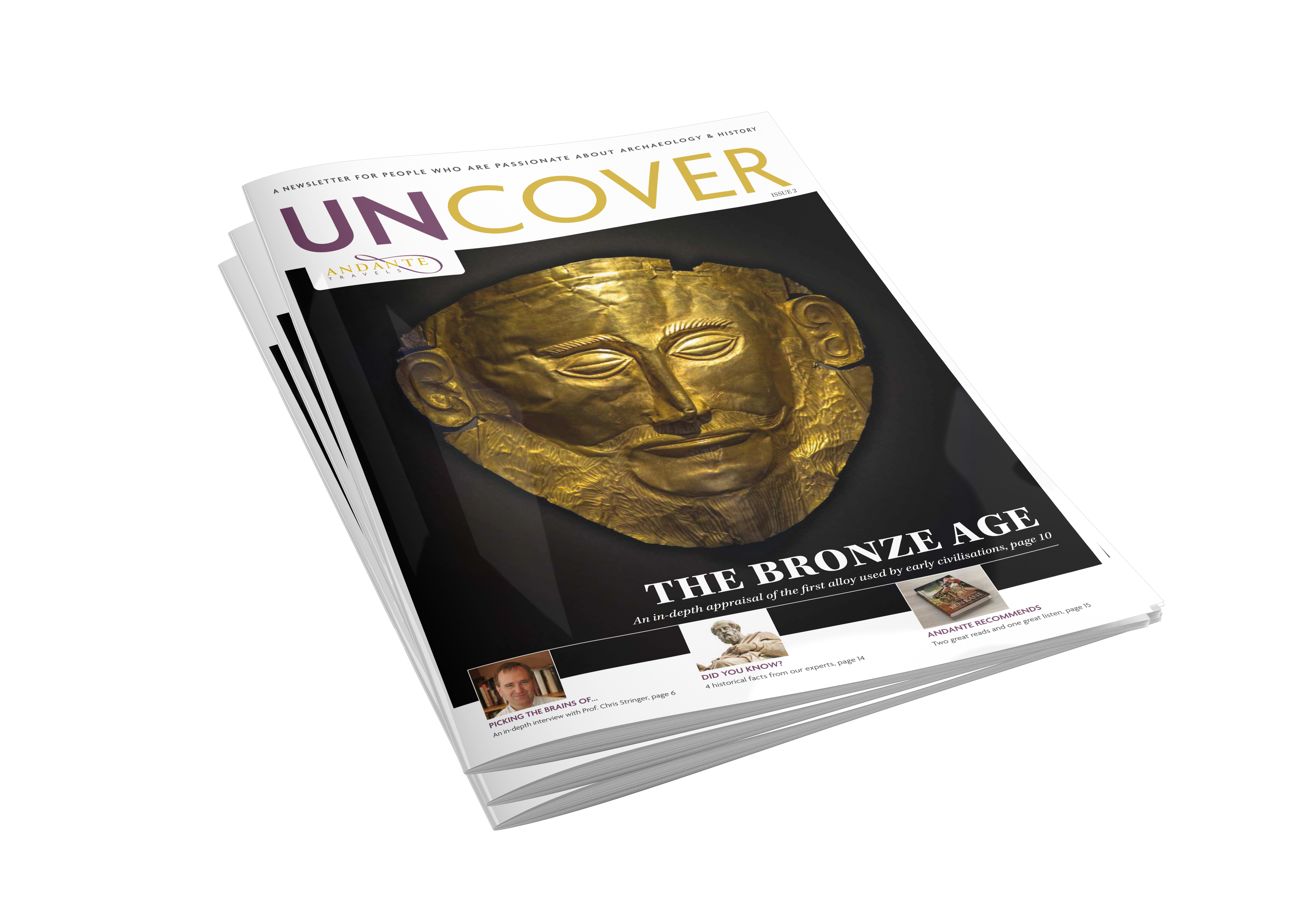The Most Enduring Mesoamerican Civilisation: The Maya
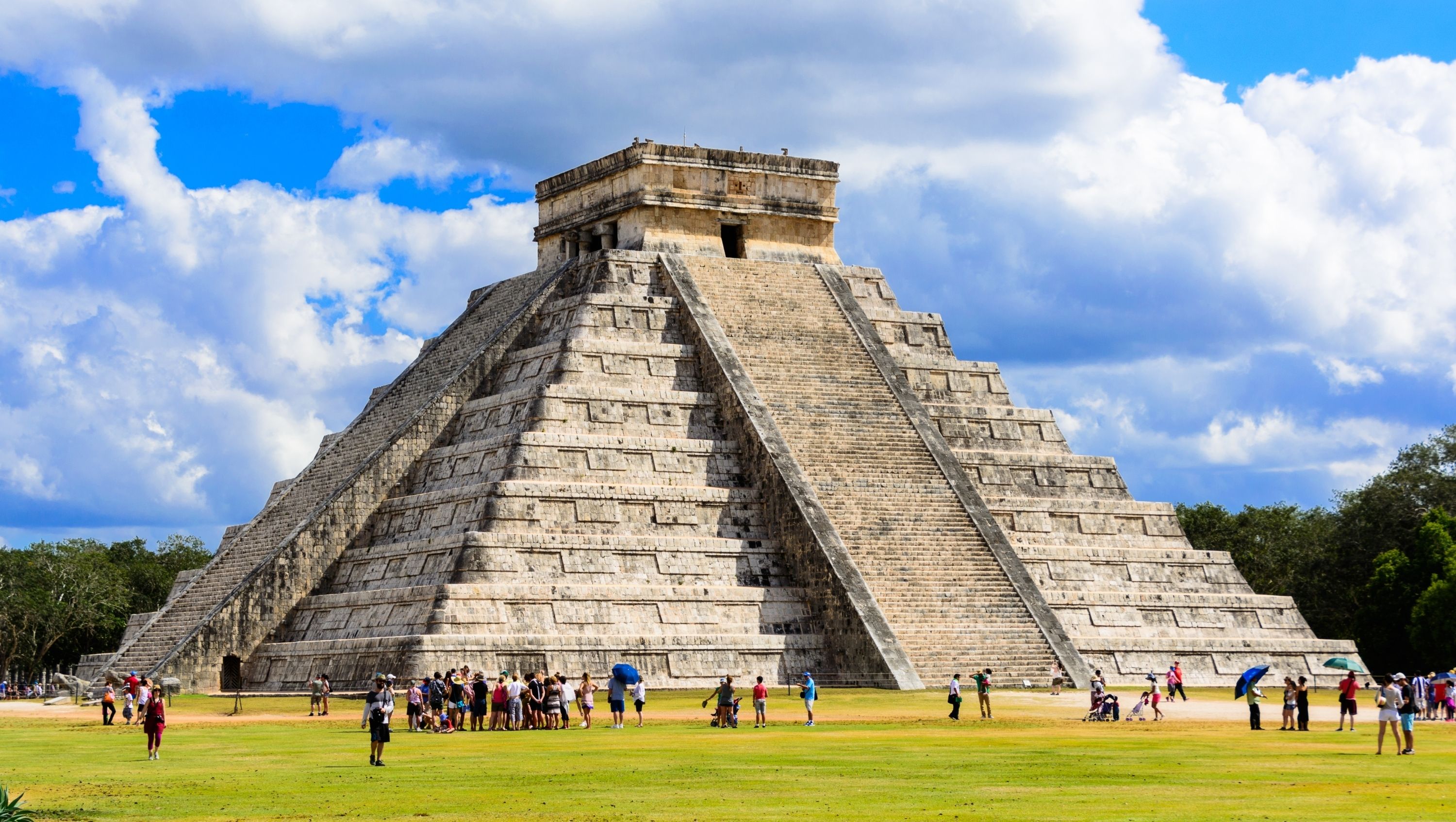
Of all Mesoamerican civilisations, the Maya have enjoyed the most enduring hold on the popular imagination. For a long time, their jungle-clad ruins remained intriguing, yet shrouded by mystery. However, recent progress in the decipherment of Maya writing has unlocked many of their secrets, revealing a society as complex and fascinating as their art and architecture had previously suggested. Join Andante on an in-depth tour from Mexico City to the Yucatán peninsula and uncover the secrets of: Mexico – The Maya.
The Maya civilization was a Mesoamerican culture known for its hieroglyphic script, the only known fully developed writing system of the pre-Columbian Americas. Flourishing between AD 250 and 900, the Maya developed a sophisticated culture with advancements in mathematics, astronomy, art, and architecture. They built impressive cities with monumental pyramids, palaces, and observatories, many of which remain as ruins today in Mexico, Guatemala, Belize, Honduras, and El Salvador.
The Maya were also skilled farmers, creating intricate agricultural systems to support large populations. They engaged in extensive trade networks, connecting with other Mesoamerican cultures. Their religious practices included complex rituals and ceremonies, often conducted by a class of elite priests. Despite their achievements, the Maya civilization experienced a mysterious decline starting around the 9th century, leading to the abandonment of many cities. However, the Maya people and their descendants continue to live in Central America, preserving many aspects of their rich cultural heritage.
This is one of Andante’s most adventurous trips, starting with the superb museums of Mexico City, travelling via the uplands of Chiapas, along the great river of Usumacinta, before driving up the Yucatan peninsula. This is a thrilling journey through the rich and colourful landscapes of Mexico!

Mexico City
Mexico City, the vibrant capital of Mexico, is a sprawling metropolis that seamlessly blends rich history with modern urban life. Known for its diverse cultural heritage, the city boasts a plethora of museums, historic landmarks, and vibrant neighbourhoods. Visitors can explore the ancient ruins of Teotihuacan, wander through the bustling markets of Coyoacán or admire the stunning architecture of the Palacio de Bellas Artes. With its dynamic food scene, ranging from street tacos to gourmet dining and a lively arts and music culture, Mexico City offers an unforgettable experience. We will experience much this fantastic city has to offer, including a trip to the remains of the Templo Mayor, once the sacred heart of Tenochtitlan, the Aztec capital, combined with a visit to the excellent museum. Our tour will take us to the National Museum of Anthropology, one of the finest museums in the world, with collections spanning every era of Mexico’s richly textured past.

San Cristóbal de las Casas
San Cristóbal de Las Casas, nestled in the highlands of Chiapas, Mexico, is a charming colonial town brimming with history and culture. As you stroll through its cobblestone streets, you’ll be captivated by the colourful facades of the well-preserved buildings, each telling a story of the town’s rich past.
There is much to explore, including Tuxtla Gutiérrez, on the edge of the beautiful Chiapas Highlands and Chiapa de Corzo, a handsome colonial town, the great centre of traditional Maya culture. We also have the opportunity to look at the products of the many hundreds of local Maya weavers who come here from nearby villages.
There is much to see, including a visit to Chamula, one of the most fiercely independent of all Maya towns. Here, famously, the local community have been largely left to run their own affairs. The use of the church of San Juan is a symbol of this. The Catholic clergy are absent most of the year and instead traditional Maya priests or shamans minister to the local population. On most days the interior of the church is packed with chanting priests and their clients.
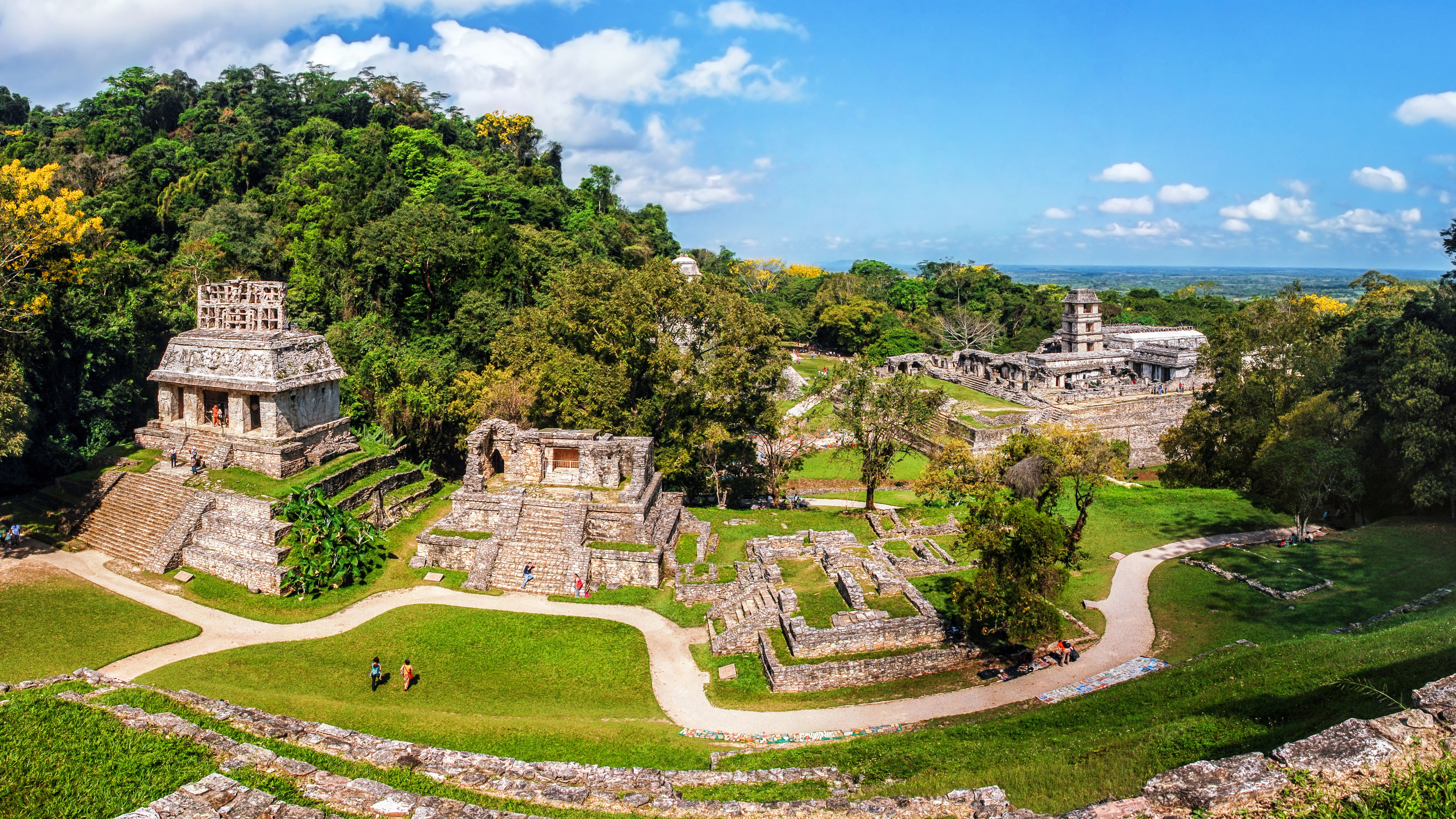
Palenque
The ruins of Palenque are beautifully positioned on the lower slopes of a range of jungle-clad hills, with magnificent views across the floodplain of the Usumacinta River. The city possesses art and architecture of remarkable quality, most famously in the well preserved ‘Palace’ complex and the ‘Temple of the Inscriptions’, where Palenque’s greatest king, Pacal, lies buried in a massive sarcophagus. Abundant hieroglyphic texts here have been crucial in piecing together the story of Palenque’s rulers, a dynasty that lasted from c. 430 to 800 AD.

Bonampak and Yaxchilán
The famous Maya site of Bonampak is best known for the remarkable preservation of its vividly painted murals. From Bonampak we continue to the Usumacinta River and a journey by motor launch downriver to the jungle site of Yaxchilán, constructed within a horseshoe bend in the river. It is a remote and atmospheric place, many of the buildings well-preserved though devoid of some of its famous carved lintels. A number of these were removed by the British explorer Alfred Maudslay in the 1880s and are now to be seen in the ‘Mexican Gallery’ of the British Museum.
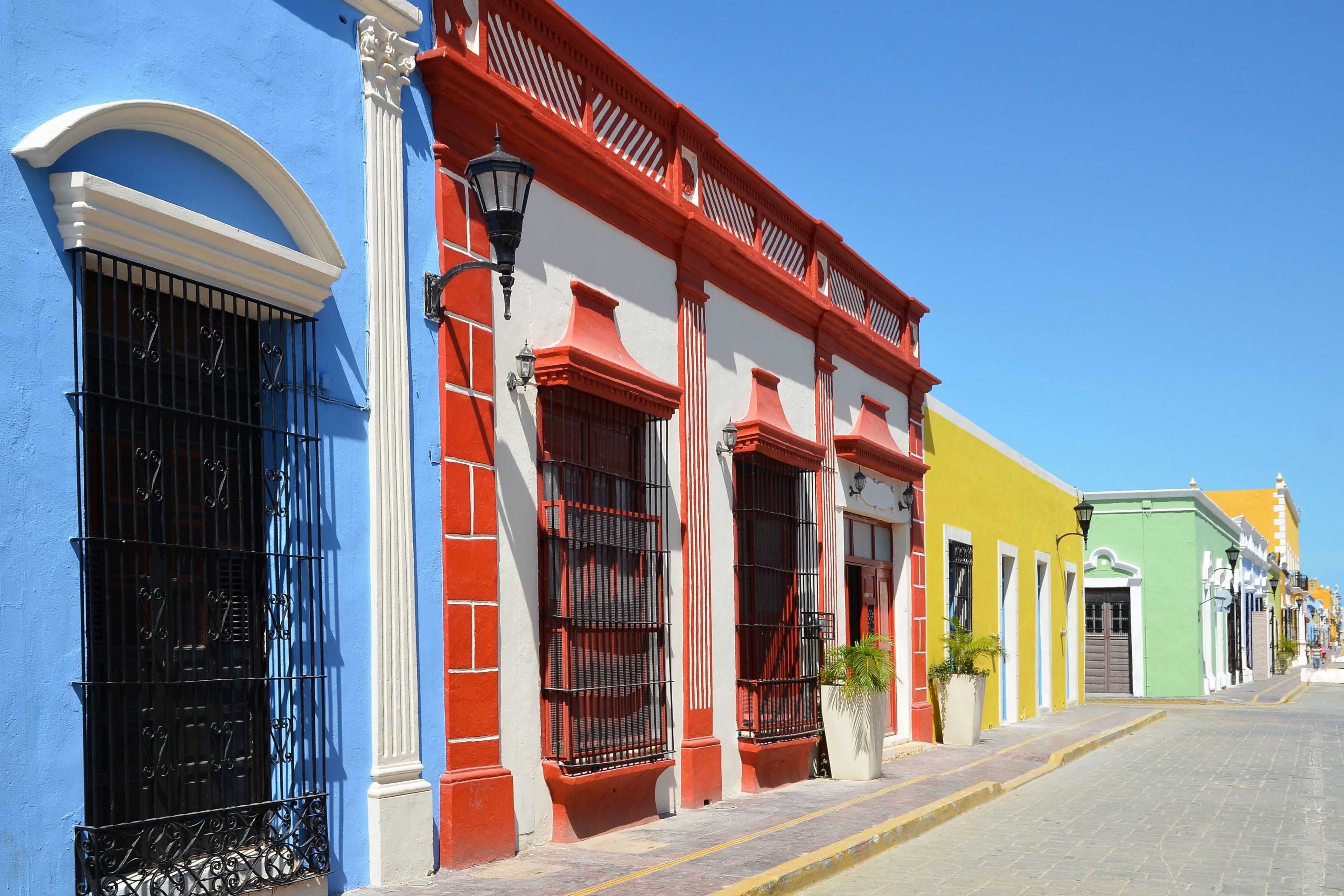
Campeche
Campeche, a coastal city in Mexico, is renowned for its rich history, colonial architecture, and vibrant culture. Nestled on the western side of the Yucatán Peninsula, Campeche offers visitors a unique blend of historical landmarks and modern attractions. The city is a UNESCO World Heritage site, boasting well-preserved fortifications, colourful facades, and charming cobblestone streets. Visitors can explore the impressive city walls, visit the grand cathedral, and stroll through the picturesque central plaza. Campeche is also known for its delicious cuisine, featuring fresh seafood and traditional Yucatecan dishes.
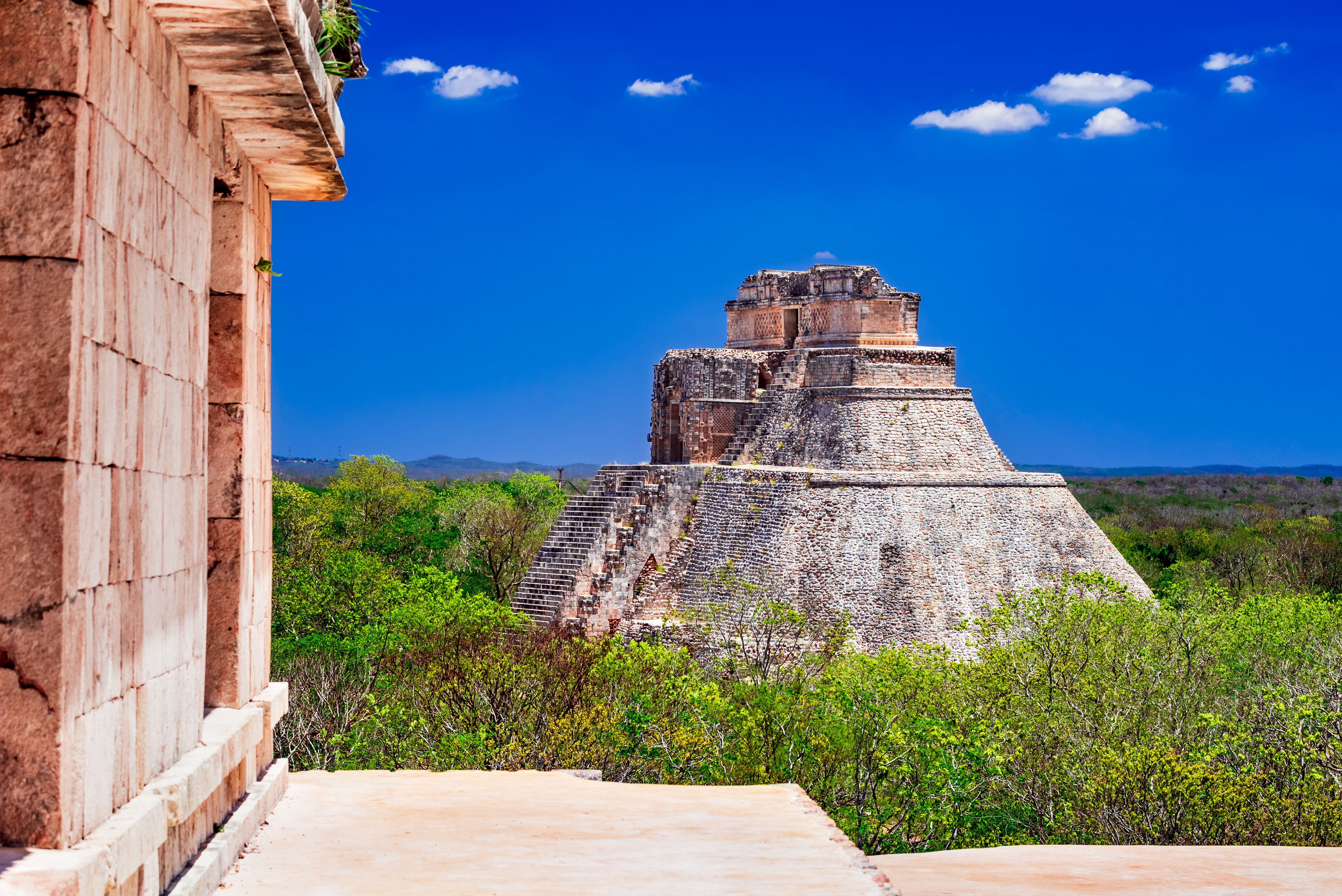
Uxmal
Uxmal is an ancient Mayan city located in the Yucatán Peninsula of Mexico. Known for its impressive architecture and intricate carvings, Uxmal is a UNESCO World Heritage Site that offers a glimpse into the rich history and culture of the Maya civilisation.
The city is famous for its Pyramid of the Magician, the Governor’s Palace and the Nunnery Quadrangle, each showcasing the advanced engineering and artistic skills of the Maya people.
The Pyramid of the Magician was built in five separate stages. But the city’s two major glories are the so-called ‘Nunnery’ quadrangle, made up of four rectangular range structures with multiple doorways around a central courtyard, and the magnificent House of the Governor, constructed on a broad platform and at a different angle to other structures, facing east towards the most southerly rising point of Venus as Morning Star. A recently deciphered inscription above the central doorway confirms this purposeful astronomical orientation.
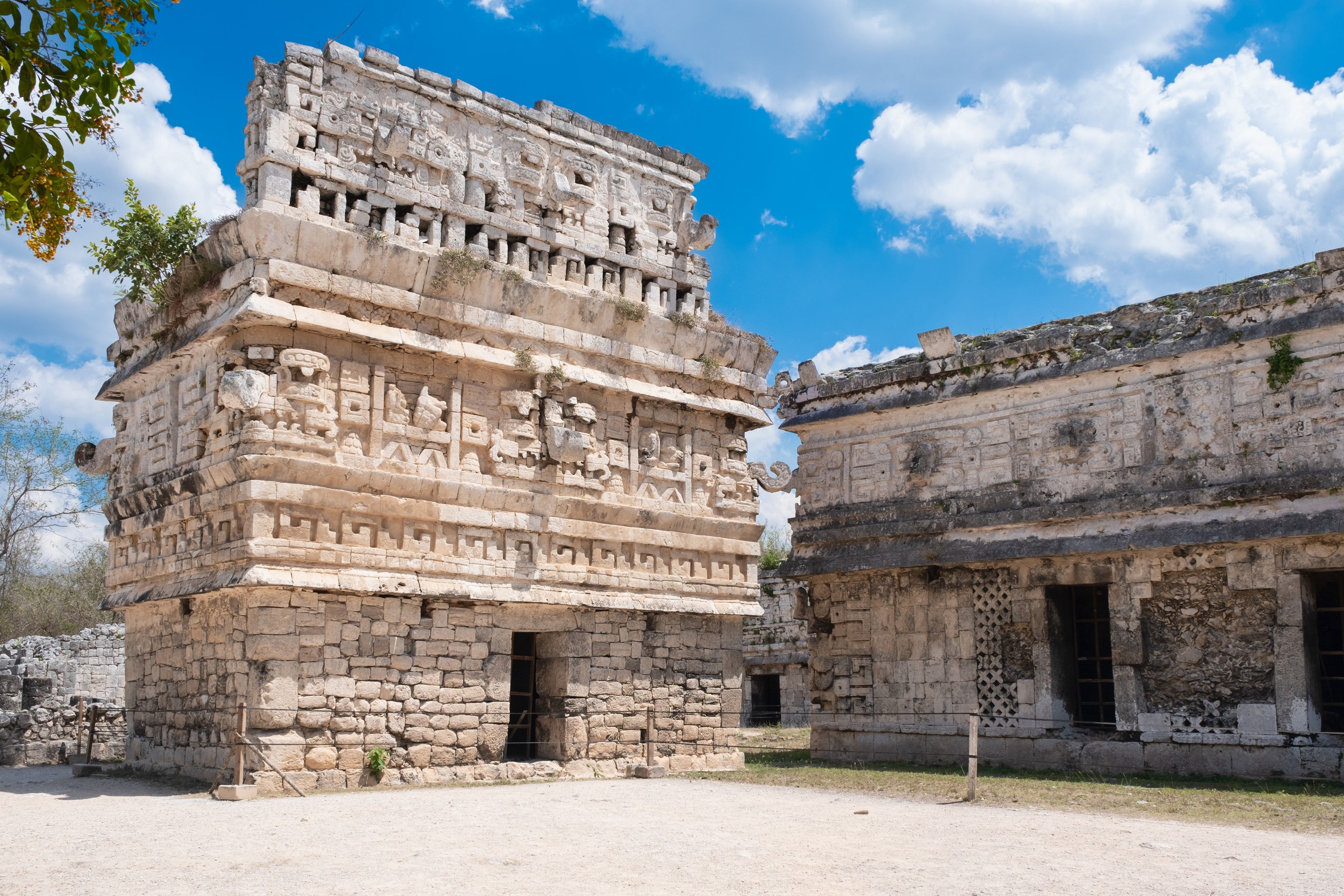
Chichén Itzá
Chichén Itzá offers a fascinating glimpse into the advanced engineering, astronomy and culture of the Maya people. This ancient city was a major focal point in the northern Maya lowlands from the Late Classic through the Terminal Classic periods and even into the early portion of the Postclassic period (approximately 600 AD to 1200 AD). The site is renowned for its architectural marvels, including the iconic pyramid known as El Castillo (the Temple of Kukulcán), the Great Ball Court, and the Temple of the Warriors.
Explore the immense Ball Court and the ‘Castillo’ or Temple Pyramid at the heart of an enormous plaza and follow the great stone causeway to the sacred ‘Cenote’ or well. Into this natural sinkhole in the limestone, the Maya cast jades, precious metalwork and sacrificial victims which lay undiscovered until the early 20th century, even though the site was known and marvelled at by early Spanish visitors, including Diego de Landa.
Visit the city of Ek Balam, a lesser-known site, but where major discoveries have been made over the last decade or so. These demonstrate that Ek Balam was a major power in northern Yucatan in the Maya Classic period and may have had close ties to Chichén Itza. Here one can climb the steps of the largest pyramid for a marvellous view of the surrounding jungle.
Expert-Led
Join us in Mexico with your expert Guide Lecturer, Dr Elizabeth Baquedano. Dr. Elizabeth Baquedano is a specialist in the Archaeology of Mesoamerica, and a Senior Honorary Lecturer at the Institute of Archaeology, University College London, where she is the Co-ordinator of Aztec Archaeology and Ethnohistory. She also gives regular Gallery Talks at the British Museum and has led many tours to Mexico and Latin America. She has recently published a book through the University press of Colorado on Tezcatlipoca, one of the most important Aztec deities.
NEWSLETTER
Opt-in to our email newsletter and hear about new offers first – view our privacy policy for details.
